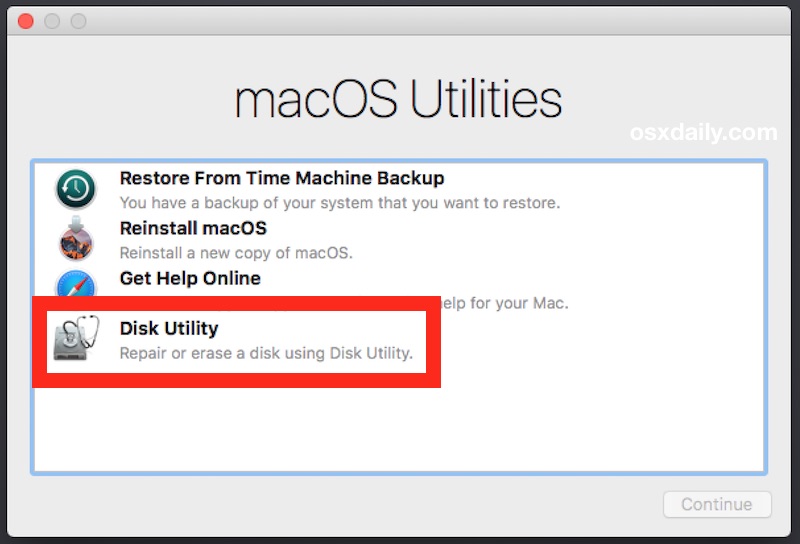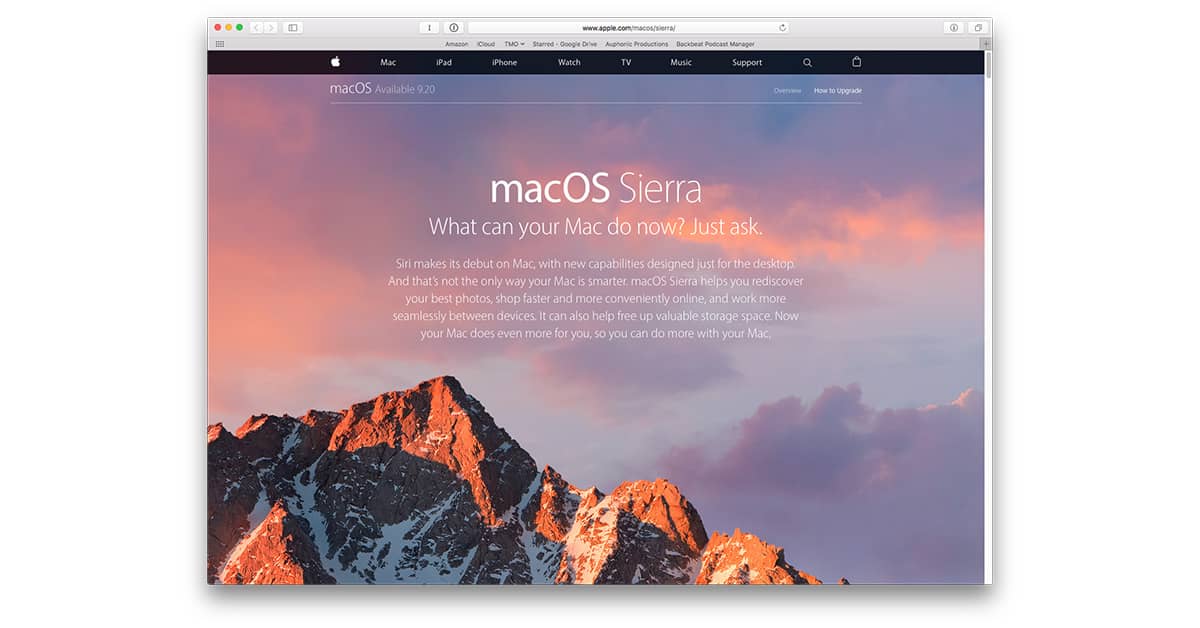

- #CLEAN INSTALL MAC OS SIERRA MANUAL#
- #CLEAN INSTALL MAC OS SIERRA UPGRADE#
- #CLEAN INSTALL MAC OS SIERRA SOFTWARE#
- #CLEAN INSTALL MAC OS SIERRA PASSWORD#
#CLEAN INSTALL MAC OS SIERRA MANUAL#

Having the device’s hard drive formatted which erases everything from a Mac.Backing up all important personal data and files manually (not just with a backup on Time Machine).The reasons for performing a clean install may be different, including the need to launch the whole system anew or using it as a method of troubleshooting in the case with extreme problems in work of a Mac. After the process is finished, a backup of all important data (should be done before the clean install starts) is transferred back manually, and personal information is restored on a device. A clean install is a process of wiping Mac’s hard disk drive and giving a fresh start to the system with a clean installation of an OS. The main principles of clean install known to Apple users from the previous OS’s work in the new MacOS as well.įirst of all, we should say that clean install is an operation that rather works best for experienced users. In this article, you’ll find detailed step-by-step instructions to clean installation of Sierra MacOS on your device.
#CLEAN INSTALL MAC OS SIERRA UPGRADE#
SuperDuper! Advanced, yet easy to use disk copying program.Switching to a new operating system in Apple can be done either through an upgrade or with the help of a clean install method.Disk Drill Not only about Mac data recovery.
#CLEAN INSTALL MAC OS SIERRA SOFTWARE#
#CLEAN INSTALL MAC OS SIERRA PASSWORD#
Hit the Return (Enter) key and enter your administrator password when demanded. Sudo /Applications/Install\ OS\ X\ El\ Capitan.app/Contents/Resources/createinstallmedia -volume /Volumes/ElCapInst -applicationpath /Applications/Install\ OS\ X\ El\ Capitan.app -nointeractionģ. Enter the following lines (make sure you enter the correct target volume name - in my case, it's "ElCapInst"): Select the "Mac OS Extended (Journaled)" profile and give a suggestive name to the selected external drive (for example, "ElCapInst" - without the quotations). Launch the Disk Utility application, select the drive you wish to format, and go to "Erase" panel. Here's what you need to do in order to create the El Capitan bootable drive:ġ. You can acquire one from the Apple website if you don't have one on your Mac. It's impossible to finish this step if you don't have a copy of the El Capitan operating system. Create a bootable OS X El Capitan installation drive One solution would be to back up your data to an external storage device (USB stick, external hard drive, etc.) or to a cloud service account. All of your files will be deleted when downgrading to El Capitan. It's important to complete this step if you don't want to lose personal documents or program data you worked with while using Apple's latest operating system. Here's what you need to do in order to complete the aforementioned task. So, you can see why many Mac users prefer to downgrade from macOS Sierra back to the previous Apple operating system - El Capitan. The issues include Mac's inability to start after installing the macOS Sierra, iCloud errors, slow Wi-Fi, etc. The operating system provides you with a wide range of new useful features (for instance, the integration of Siri, the Optimize Storage utility, etc.) but has many problems under the hood. Since the launch of macOS Sierra back in September 2016, Apple received a lot of bad reviews from its users.


 0 kommentar(er)
0 kommentar(er)
